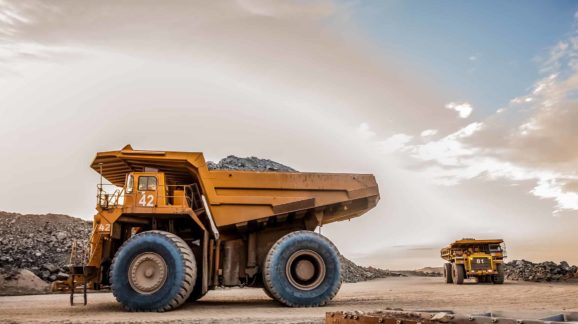IEA Study Quantifies the Need for More Mined Materials in Transitioning to a Low-Carbon Economy

Photo Credit: Getty
CEI and others have noted the substantial need for mined materials to transition away from fossil fuels. Now a May 5 International Energy Agency (IEA) study makes perhaps the most convincing case yet that a dramatic change in the world’s energy supply will require an equally dramatic change in mining. Unfortunately, the report, “The Role of Critical Minerals in Clean Energy Transitions,” falls short in suggested policy prescriptions. The real lesson is that attempts to avoid future warming through decarbonization mandates will very likely do far more harm than good.
The core elements of global decarbonization—electric vehicles (EVs) replacing gasoline and diesel powered ones and wind turbines and solar panels replacing coal and natural gas-fired electricity generation—will require a great deal more output from mines and mineral processing facilities. The numbers are striking. The IEA report finds that “a typical electric car requires six times the mineral inputs of a conventional car and an onshore wind plant requires nine times more mineral resources than a gas-fired plant.” This includes lithium, nickel, cobalt, manganese, graphite, silicon, rare earths, copper, and aluminum, according to the report.
Of course, the extent of the increased demand for mined materials depends on the stringency of the climate targets. The IEA finds that the set of goals currently in place “suggests that the world is currently on track for a doubling of overall mineral requirements for clean energy technologies by 2040.” The goals of the Paris Agreement “would mean a quadrupling of mineral requirements” and a goal of net-zero by 2050 (which the Biden administration has endorsed) would “require six times more mineral inputs in 2040 than today.”
The report adds that the geopolitical and national security concerns regarding the supply of hydrocarbons, particularly petroleum (IEA was founded in response of the OPEC oil embargo of 1973-1974), would be replaced by similar concerns about the supply of needed minerals. It notes that China currently controls at least 30 percent of the global processing capacity for copper, nickel, cobalt, lithium, and rare earths. Most concentrated is rare earths, where China controls 87 percent of global processing. The U.S. would be giving up a much more dominant position in fossil fuel production for a much more limited one on those minerals.
The study also notes that the countries that are likely to dominate production of these minerals are subject to lax environmental standards, so scaling up mining and processing would also scale up the damage to land and water.
While the report does an excellent job describing the mineral requirements for decarbonization and the attendant risks, it strikes out on most of its policy prescriptions. For example, it calls for “higher environmental, social, and governance standards.” While this may be good advice for some countries, in the U.S. the problem is precisely the opposite. Despite tremendous mineral wealth in the ground, very little of it can be mined and processed here due to vast areas having been placed off-limits and the rest being subject to a cumbersome environmental permitting process that averages 10 years for a new mine and after which the government’s answer is often no.
Minerals processing facilities face a similar environmental gauntlet. The massive scaling up of mining and processing over ambitious time frames simply won’t happen in the U.S. unless major streamlining reforms are made.
Worst of all is the suggestion that “governments have a key role to play in reducing uncertainty by sending strong and consistent signals about their climate ambitions and implementing specific policies to fulfil these long-term goals.” To be sure, aggressively targeting fossil fuels would send a market signal to produce more minerals, but it doesn’t answer the fundamental question of whether such measures are worth pursuing. There is plenty of reason to fear trillions of dollars in costs in exchange for negligible returns.
The IEA’s assessment of the mineral demands only adds to the doubts about the merits of decarbonization and the fears of climate solutions more damaging than the problem.